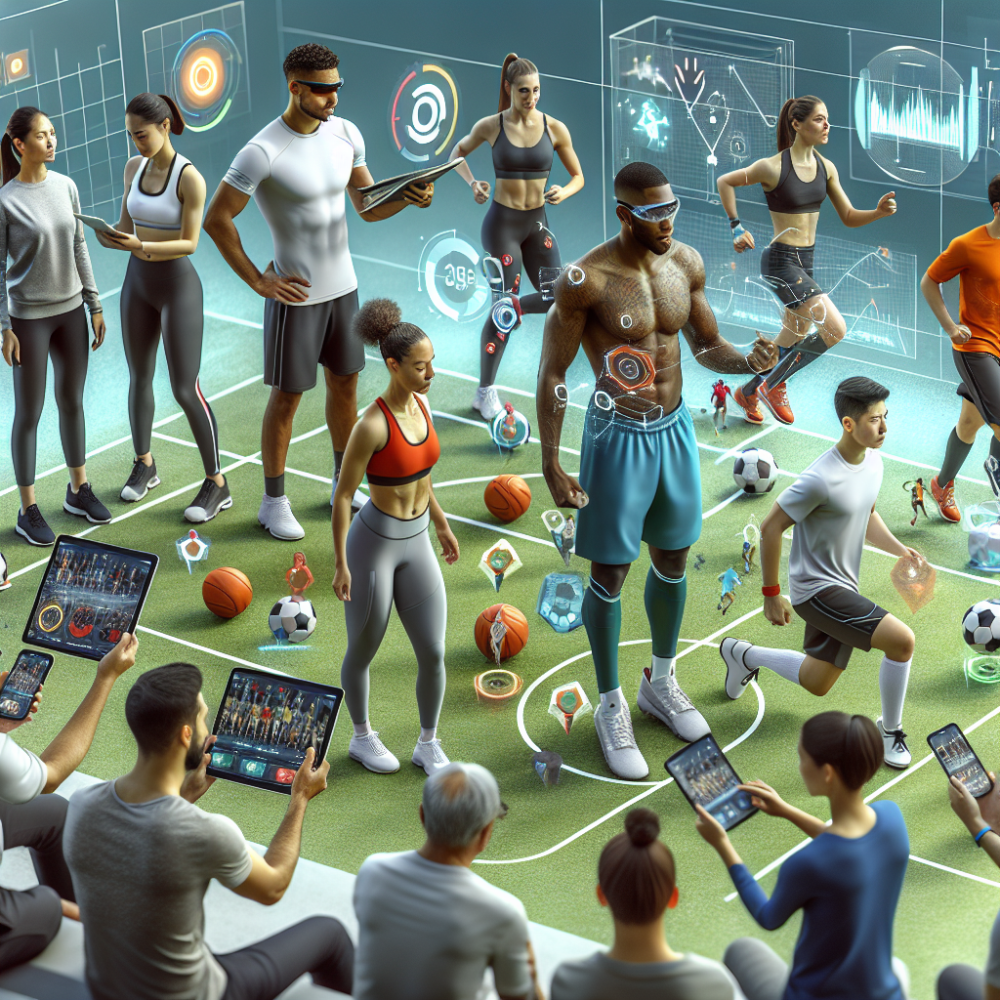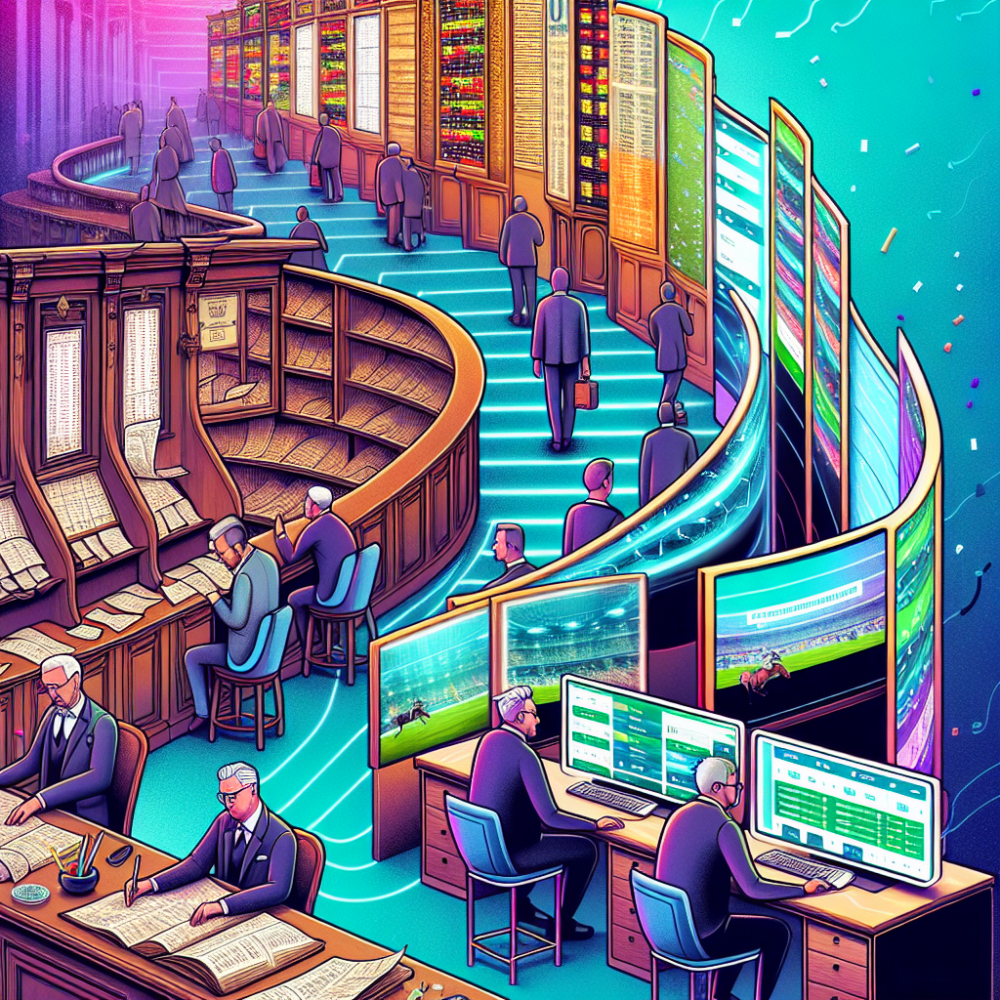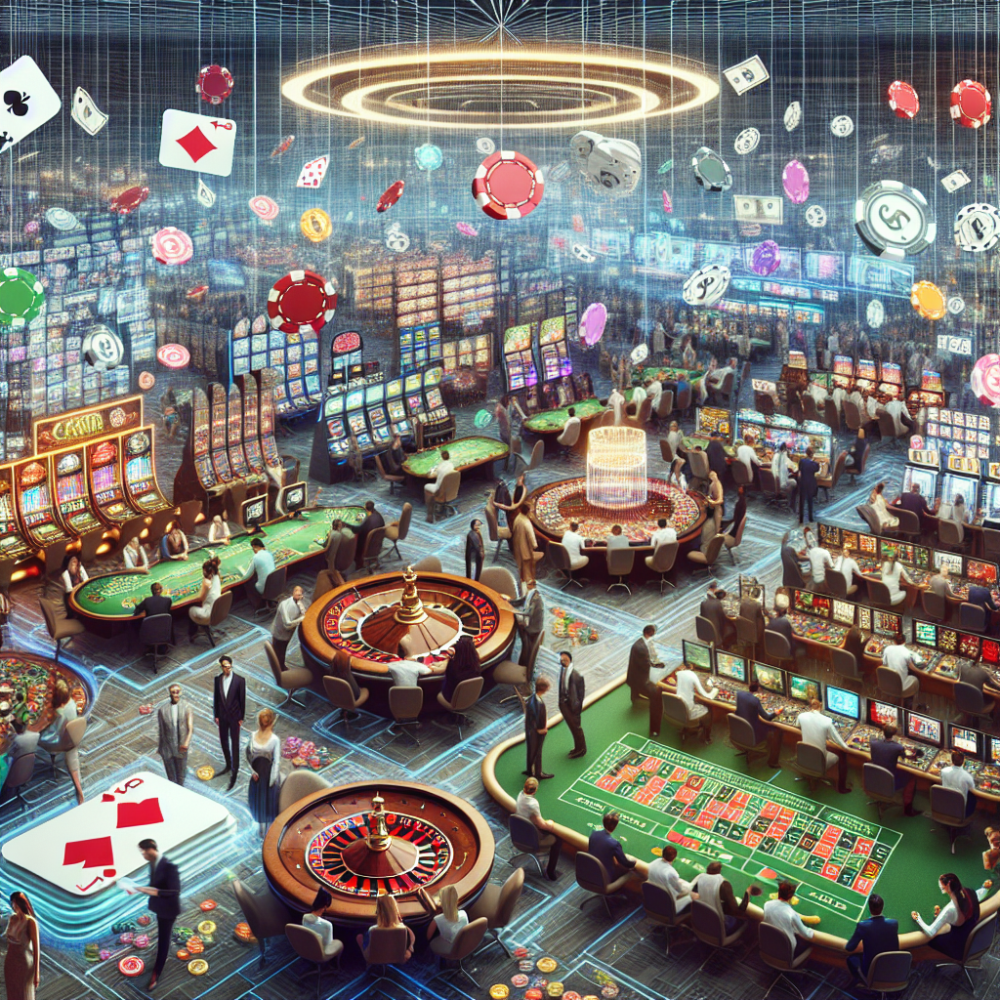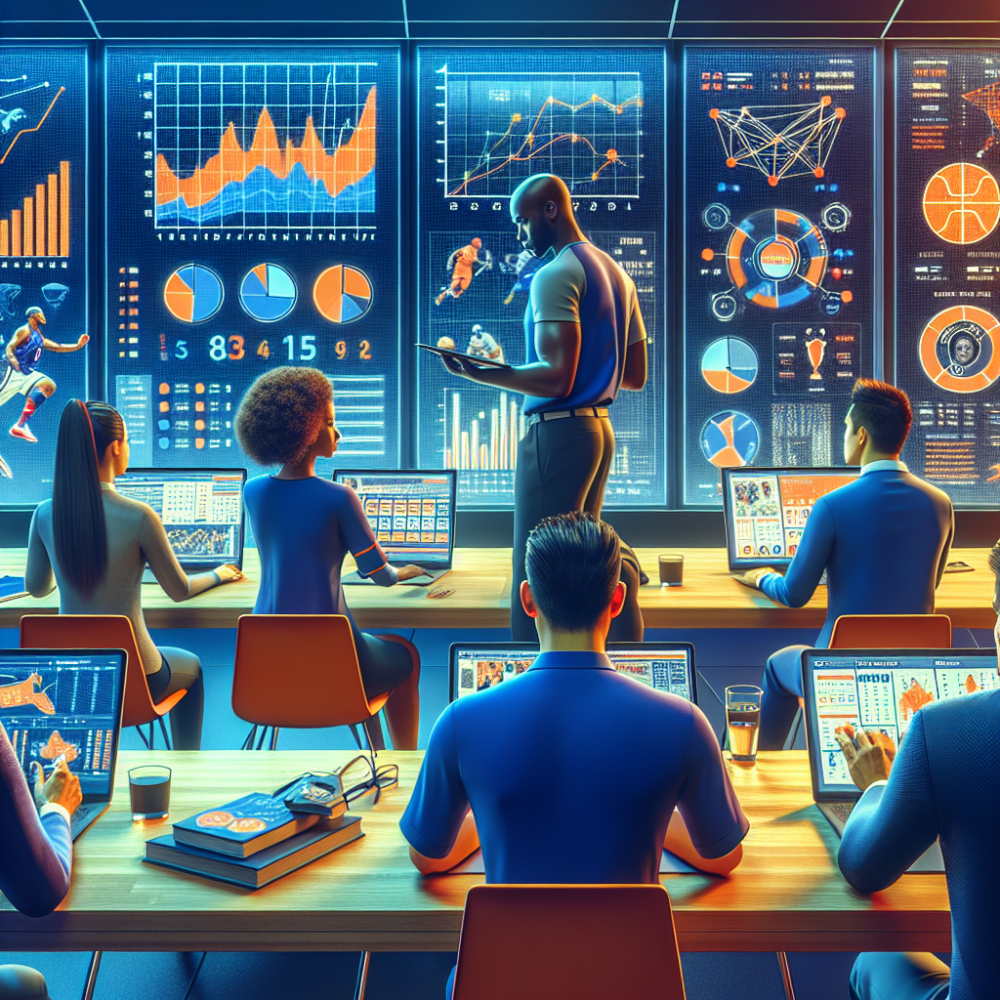In the realm of sports, the integration of advanced technology has been nothing short of revolutionary. From augmented reality to data analytics, the way athletes train, coaches strategize, and fans engage with sports has dramatically transformed. This evolution is not just enhancing the experience but also pushing the boundaries of what athletes can achieve. Let's delve into how modern technology is reshaping sports training and its profound implications on performance and health.
Data Analytics and Performance Enhancement
One of the most significant impacts of technology in sports is the use of data analytics to enhance athletic performance. Teams and coaches are now equipped with vast amounts of data which can be analyzed to gain insights into an athlete's performance, health, and potential areas of improvement. Wearable technology like GPS trackers and heart rate monitors provide real-time data that helps in making informed decisions about training intensity, duration, and type. This data-driven approach allows for highly personalized training programs that are optimized for each athlete's unique physiological characteristics.
For instance, basketball teams use player tracking technology to measure everything from shot success rates to players’ speed and fatigue levels during a game. This information is crucial for coaches to make strategic decisions, such as player rotations and game tactics, based on precise data rather than intuition alone.
Virtual and Augmented Reality in Training
Virtual reality (VR) and augmented reality (AR) are increasingly becoming crucial tools in sports training. These technologies allow athletes to immerse themselves in a simulated environment where they can practice without the physical wear and tear associated with traditional training methods. For example, quarterbacks in football can use VR to simulate different game situations, helping them to improve their decision-making skills without the physical risk of on-field practice.
Augmented reality, on the other hand, provides a layer of digital information onto the physical world, which can enhance the training experience. Cyclists and runners, for instance, use AR glasses to see real-time data like heart rate and pace, enabling them to optimize their performance during training sessions.
Biomechanics and Injury Prevention
Another critical area where technology is making a substantial impact is in the field of biomechanics and injury prevention. High-speed cameras and motion sensors analyze athletes' movements to identify biomechanical faults that could potentially lead to injuries. This technology not only helps in reducing the risk of injuries but also assists in the rehabilitation process, ensuring that athletes return to play safely and more efficiently.
Sports organizations are also using machine learning algorithms to predict injury risks by analyzing training loads and athletes’ recovery. This predictive analysis helps coaches adjust training plans to prevent overuse injuries, thus prolonging athletes' careers.
Enhanced Fan Engagement
While primarily benefiting athletes and coaches, technology also enhances how fans interact with sports. Applications like virtual stadiums and live-streaming with interactive features allow fans to experience games as if they were physically present, irrespective of their actual location. This not only improves fan engagement but also opens new avenues for revenue in sports through virtual advertisements and sponsorships.
Conclusion
The infusion of advanced technology into sports training and management is undeniably revolutionizing the industry. As we continue to innovate, the future of sports looks promising with athletes achieving greater performances and having longer, healthier careers. For aspiring athletes and coaches, embracing these technologies is not just an advantage but a necessity in the highly competitive world of sports. The journey of sports technology is just beginning, and its full potential is yet to be unleashed, promising an exciting era of sports filled with greater achievements and more immersive experiences.




